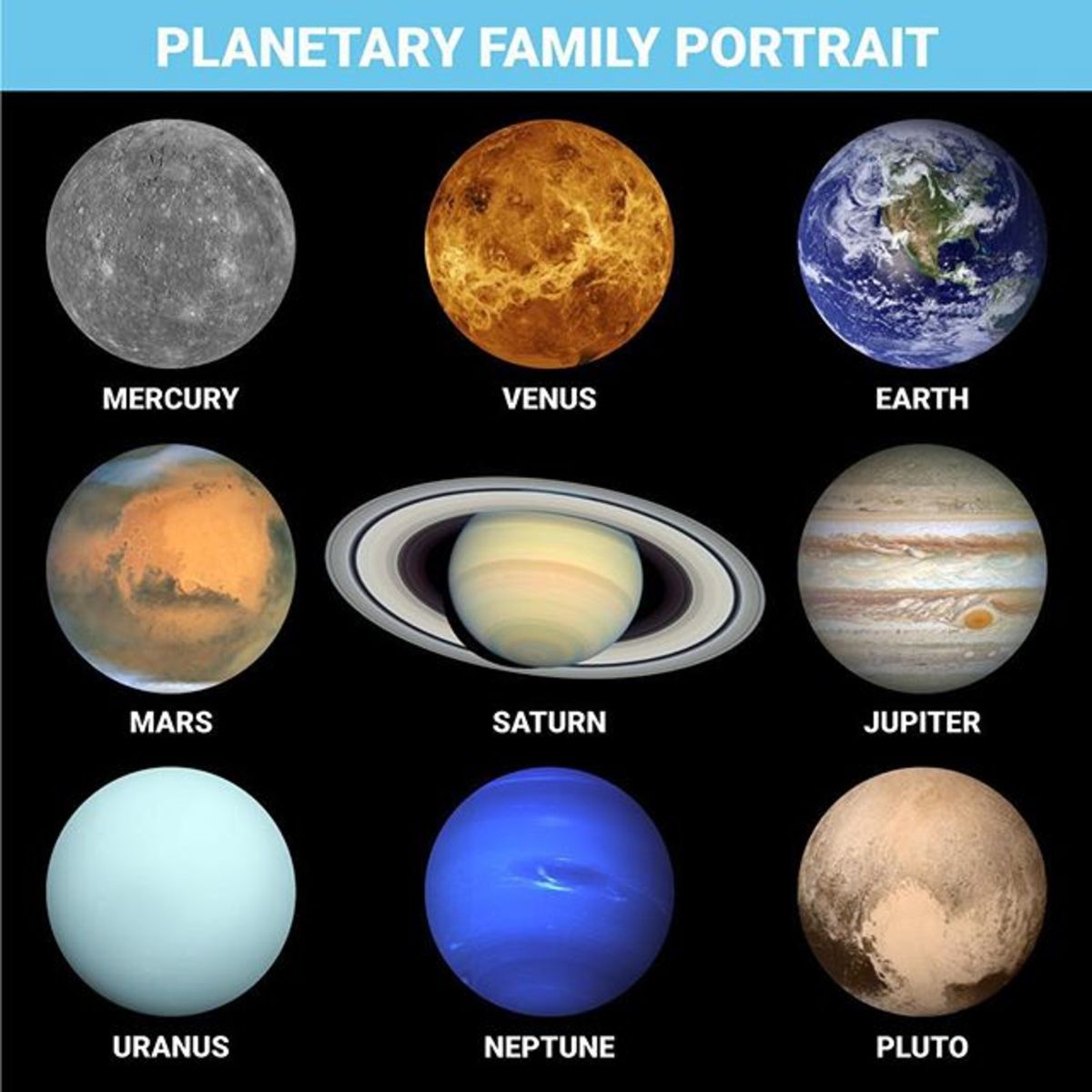In reality, with the eyes of the universe, there are no "colors". There is only wavelengths and merged/diffracted/scattered such wavelengths into some sort of average blur.
Our space ships should be able to move the "spectrum" of visible light along the wavelength scalar to visualize any chosen span of wavelength from 0 to almost infinity.
Our space ships should also be capable of enhancing the magnitude/intensity of the passively detected electromagnetic radiation in order to normalize that spectrum into something we can see clearly with good contrast.
Our space ships should be able to move the "spectrum" of visible light along the wavelength scalar to visualize any chosen span of wavelength from 0 to almost infinity.
Our space ships should also be capable of enhancing the magnitude/intensity of the passively detected electromagnetic radiation in order to normalize that spectrum into something we can see clearly with good contrast.
Last edited:




